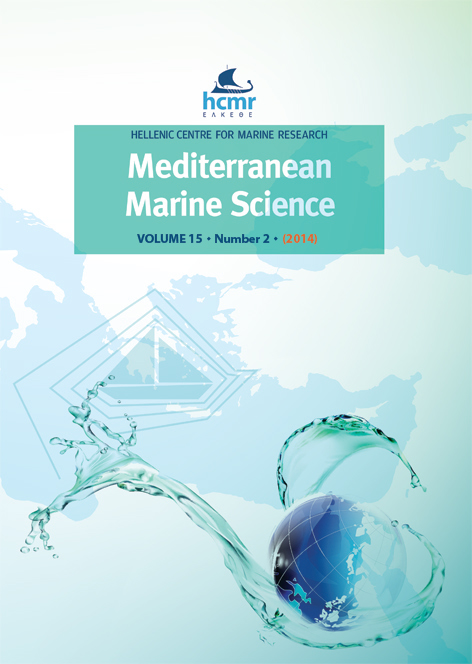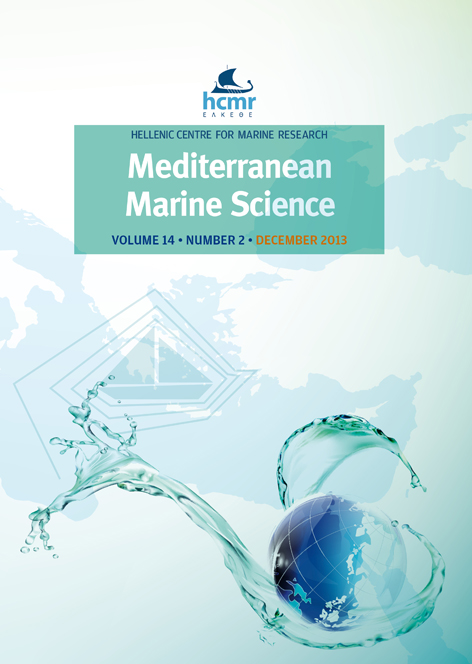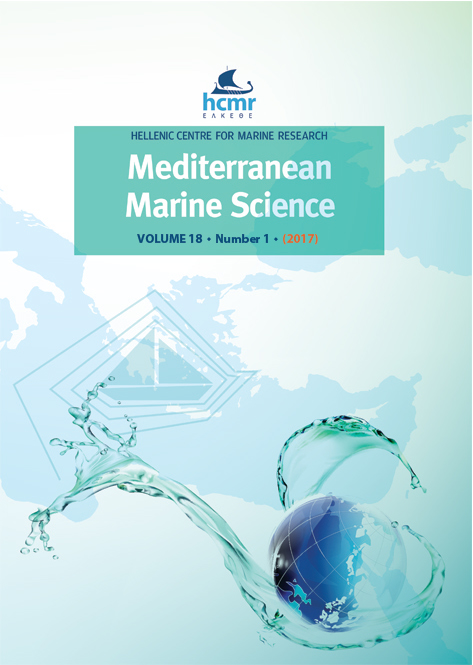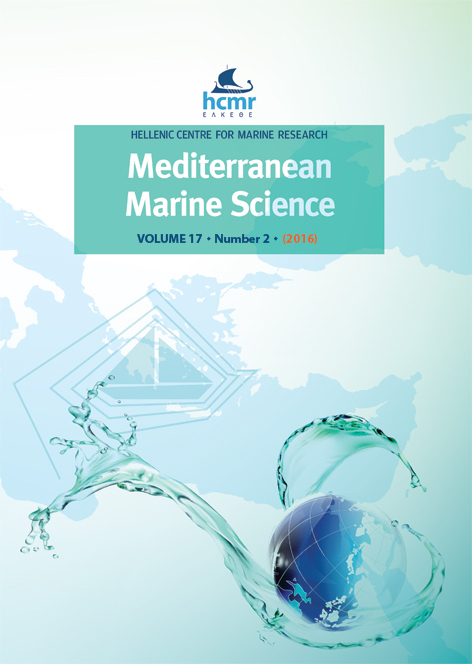DISTRIBUTION OF SPAWNING AND NURSERY GROUNDS FOR DEEP–WATER RED SHRIMPS IN THE CENTRAL WESTERN MEDITERRANEAN SEA

Abstract
The presence of spawning and nursery grounds of Aristeids in the central western Mediterranean Sea were investigated using fishery-independent data (trawl surveys, 1994–2012). Spatial distributions were generated for mature animals and recruits, for both spring/summer and autumn data, using an inverse distance weighted deterministic interpolation. The persistence index was used to identify stable spawning and nursery grounds in the Sardinian slope region for Aristaeomorpha foliacea and Aristeus antennatus. Areas of aggregation for recruits and mature females appear connected with important physical habitat features. The analysis also suggests a seasonal bathymetric distribution for nursery areas. The recruits of A. foliacea are located in the upper part of the continental slope (377-450 m) in spring-summer and reach greater depths (468-628 m) in autumn. For A. antennatus, for which nursery areas only emerge in autumn, there is presumably an opposite ontogenic migration, from deep sea to upper slope, during the summer (575-681 m). Results indicate also a partial overlap between the nursery and spawning grounds of both species. In this particular areas, local environmental conditions such as upwelling events or the presence of canyons and seamounts seem to play an important role in their distribution. This study generated also relevant information on the spatial and temporal distribution of seasonal or persistent aggregations of spawners and recruits, providing scientific elements to suggest the feasibility of protecting these important resources.
Article Details
- How to Cite
-
PALMAS, F., ADDIS, P., CABIDDU, S., CUCCU, D., FOLLESA, M. C., MURA, M., OLITA, A., PESCI, P., & SABATINI, A. (2014). DISTRIBUTION OF SPAWNING AND NURSERY GROUNDS FOR DEEP–WATER RED SHRIMPS IN THE CENTRAL WESTERN MEDITERRANEAN SEA. Mediterranean Marine Science, 16(1), 117–127. https://doi.org/10.12681/mms.859
- Issue
- Vol 16, No 1 (2015)
- Section
- Research Article
Authors who publish with this journal agree to the following terms:
- Authors retain copyright and grant the journal right of first publication with the work simultaneously licensed under a Creative Commons Attribution Non-Commercial License that allows others to share the work with an acknowledgement of the work's authorship and initial publication in this journal.
- Authors are able to enter into separate, additional contractual arrangements for the non-exclusive distribution of the journal's published version of the work (e.g. post it to an institutional repository or publish it in a book), with an acknowledgement of its initial publication in this journal.
- Authors are permitted and encouraged to post their work online (preferably in institutional repositories or on their website) prior to and during the submission process, as it can lead to productive exchanges, as well as earlier and greater citation of published work (See The Effect of Open Access).








